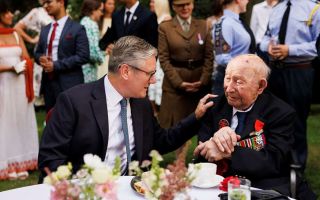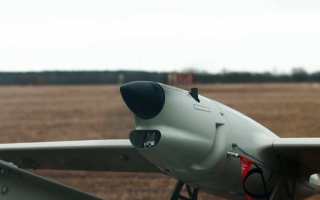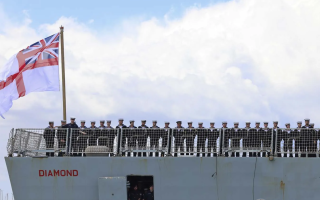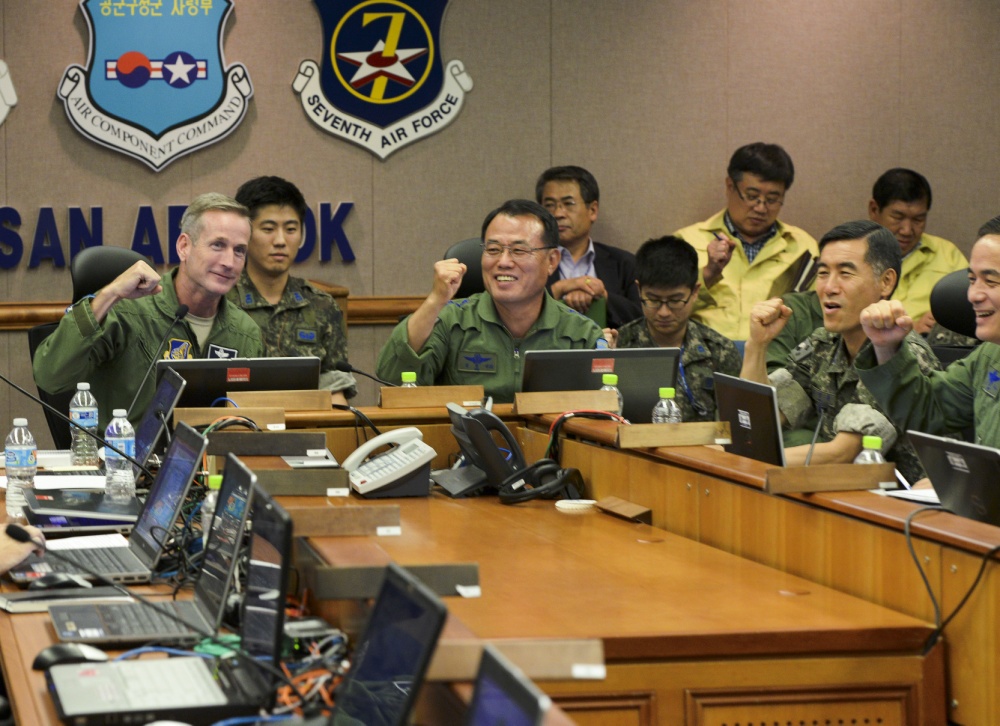
South Korea And US Begin Military Exercises

South Korean and US troops have begun annual drills that come after tensions rose over North Korea's two intercontinental ballistic missile tests last month.
The Ulchi Freedom Guardian drills largely computer simulated. No field training like live-fire exercise or tank manoeuvring is involved mostly senior officers, sit at computers to practice how they engage in battles and hone their decision-making capabilities.
Pyongyang has condemned the 11-day exercise.
Washington describes the drills as defensive in nature, but the North sees them as preparation for invasion.
This comes as North Korea seems to have backed down from threats to send missiles towards the US Pacific island of Guam, but said it would watch US actions.
But Joseph Dunford, chairman of the US Joint Chiefs of Staff, said last week that the military exercises were "not currently on the table as part of the negotiation at any level" and the Ulchi-Freedom Guardian (UFG) exercises were going ahead as planned.
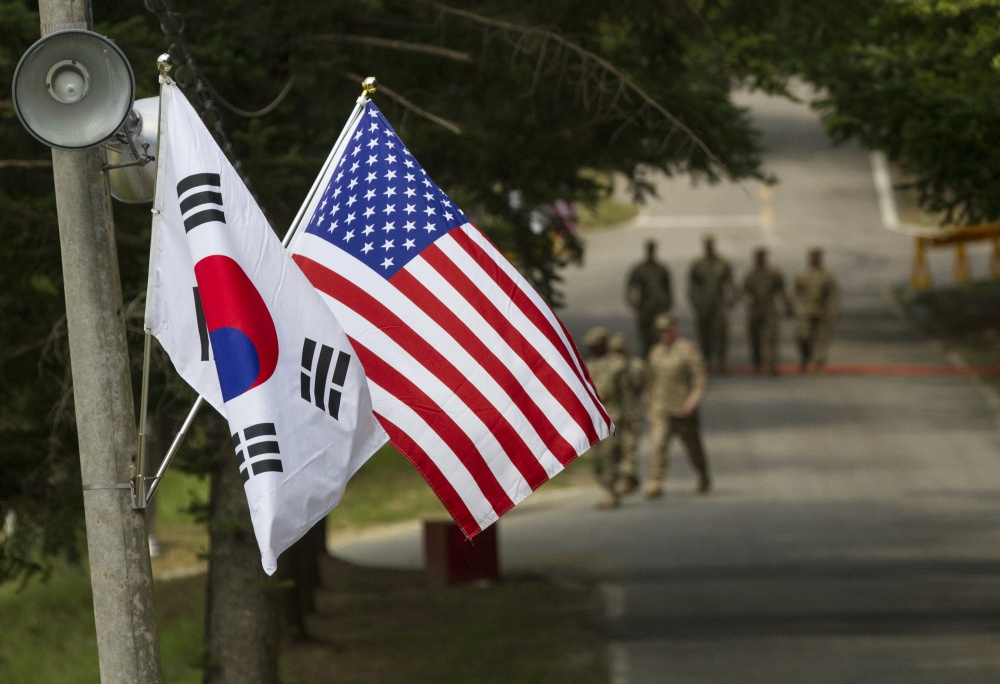
What Are The Ulchi-Freedom Guardian Drills?
The exercise is usually held in the Autumn and involves approximately 17,500 American troops and 50,000 South Korean soldiers, according to the US military command in South Korea and Seoul's defence ministry.
Most of the training takes part as computer simulations of both land, sea, and air military drills.
They have also incorporated practise drills for terror and chemical attacks in recent years.
The training has also previously involved troops from other allied countries.
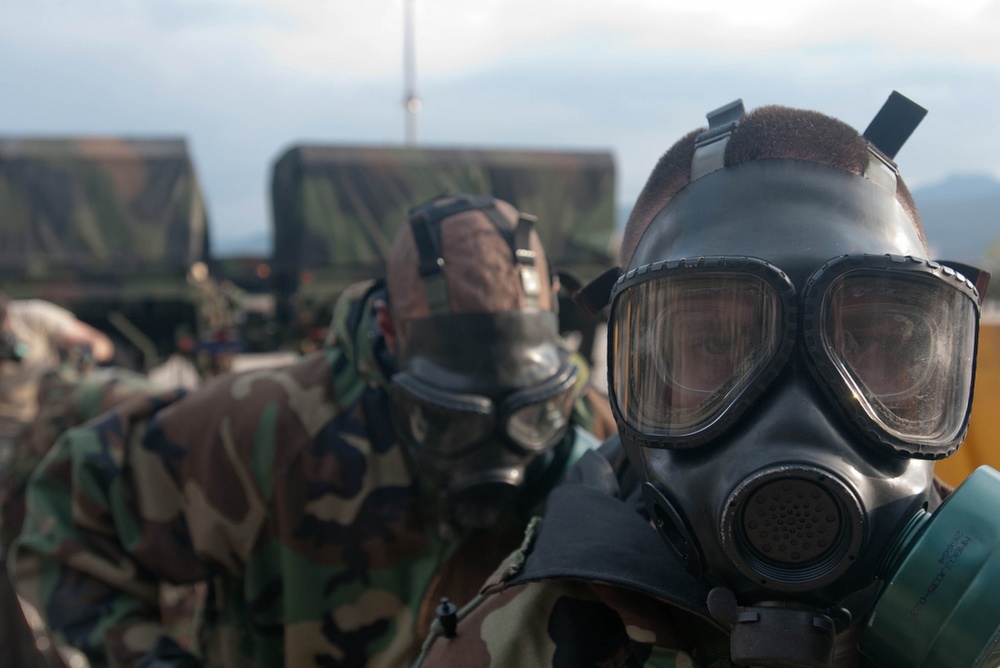
North Korea typically responds to South Korea-US military exercises with weapons tests and aggressive rhetoric During last years exercise North Korea test-fired a submarine-launched ballistic missile that flew about 310 miles in the longest flight by that type of weapon. Days after the drills, the North carried out its fifth and biggest nuclear test to date. Last month North Korea test-launched two Intercontinental Ballistic Missiles at high angles which outside experts say can reach some US parts like Alaska, Los Angeles or Chicago if fired at normal, flattened trajectories.
Analysts say it would be only a matter of time for the North to achieve its long-stated goal of acquiring a nuclear missile that can strike anywhere in the United States.


